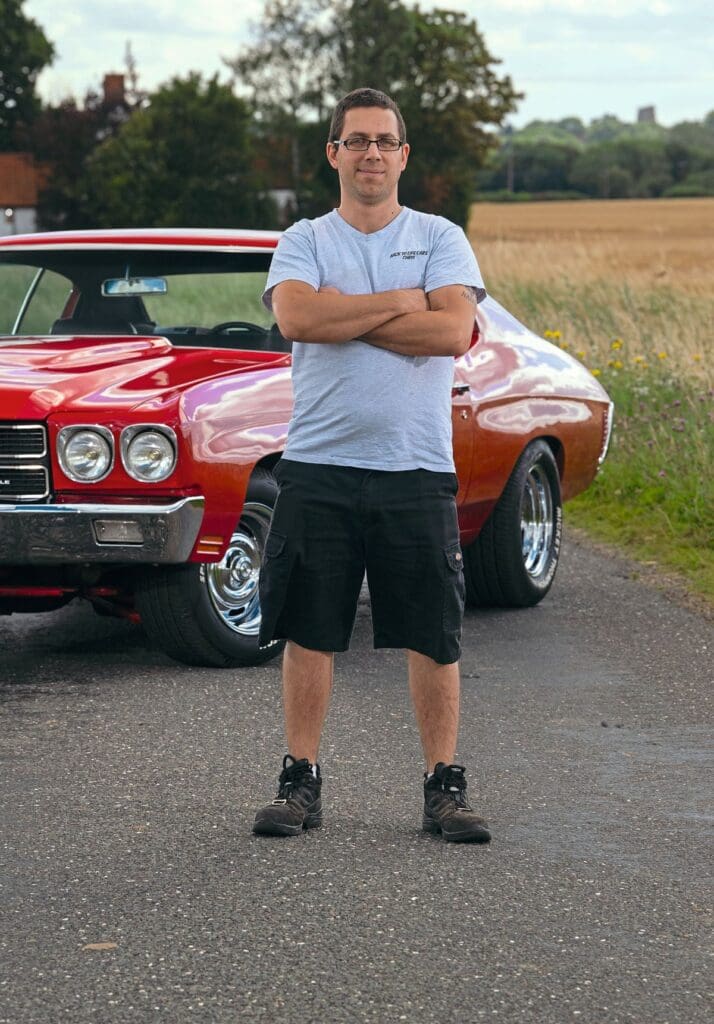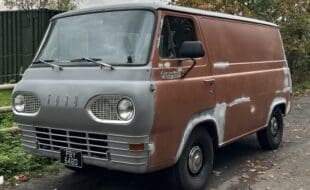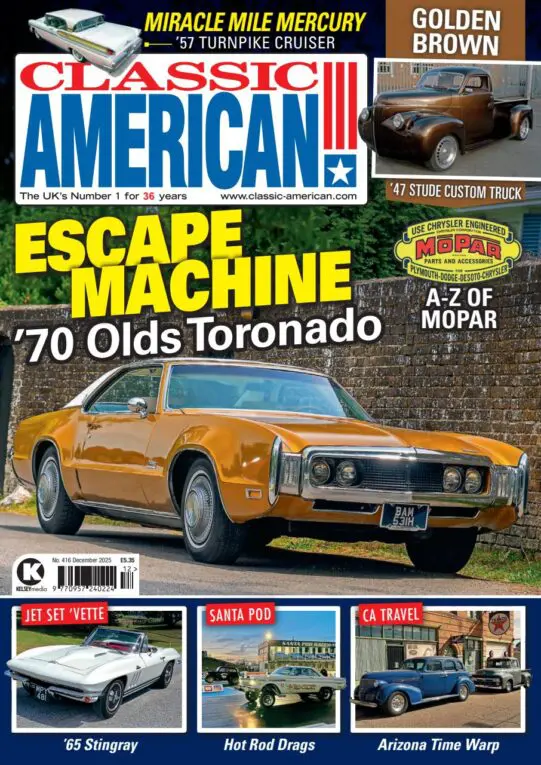When Chris Durham’s 1970 Chevelle Malibu arrived it wasn’t quite as nice as he’d hoped, but that was a great excuse to tear it apart and build the car of his dreams, as Mike Renaut discovered…
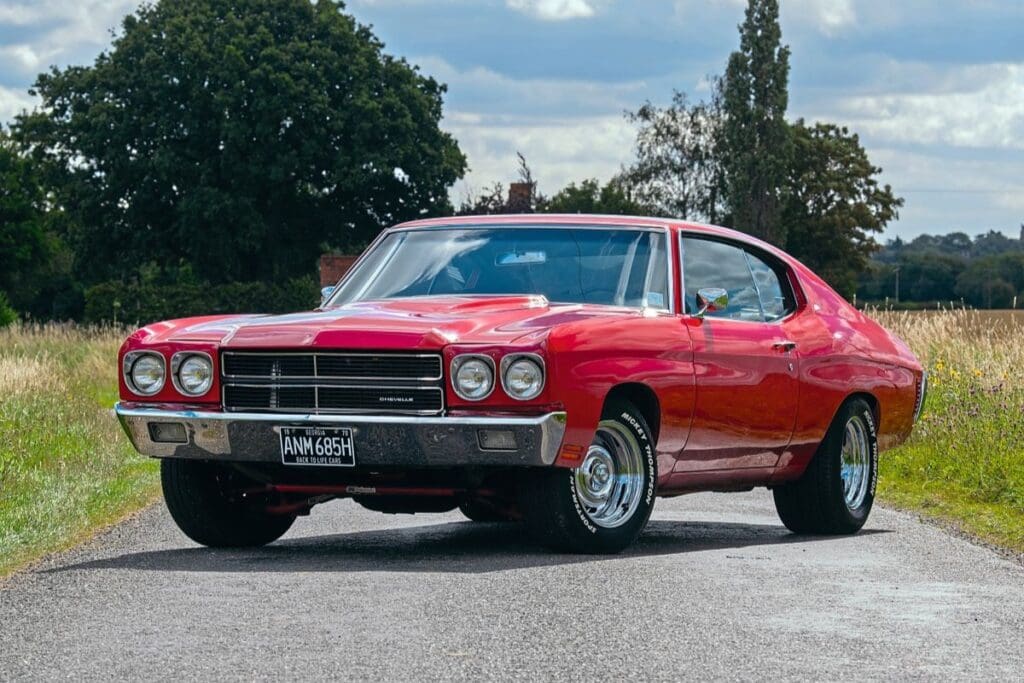
Words: Mike Renaut Photography: Matt Richardson
While muscle cars are lovely to look at, the real enjoyment comes from driving them. Sadly, the UK’s poor roads and heavy traffic can turn that pleasure into pain. Chris Durham, owner of this 1970 Chevrolet Chevelle, has the answer; upgrade the suspension, brakes and virtually every other mechanical part to bring the car up to modern standards, without ruining any of its classic appeal.
But let’s start at the beginning: “I had a weekend job helping out at a garage where my uncle worked, at Andy Loizou’s CPS Mustangs,” says Chris. “I was always into cars, but at age 14 I couldn’t see why someone would take an early Sixties Mustang and put time, effort and money into rebuilding it. I watched one being restored over a couple of years and when it was finished, they took me for a ride in it and suddenly it all made sense.
Enjoy more Classic American reading in the monthly magazine.
Click here to subscribe & save.
“My first American car was a 1966 Mustang when I was 22, but I soon realised I was a Chevy guy so bought a 1967 El Camino.”
Chris enjoyed driving the El Camino and had no plans to change, until fate intervened. “Someone photographed it on my driveway and when the pic appeared on Facebook a guy asked if it was for sale. It wasn’t, until my girlfriend Sally announced she was pregnant with twins, meaning a two-seater pick-up wasn’t really practical. I sold it for a very good price then mentioned to Sally perhaps I could use the money to buy one of my dream cars; a 1970 ’Cuda or a 1970 Chevelle. Sally replied: ‘Of course – it’s your money!’ so I started looking online.”
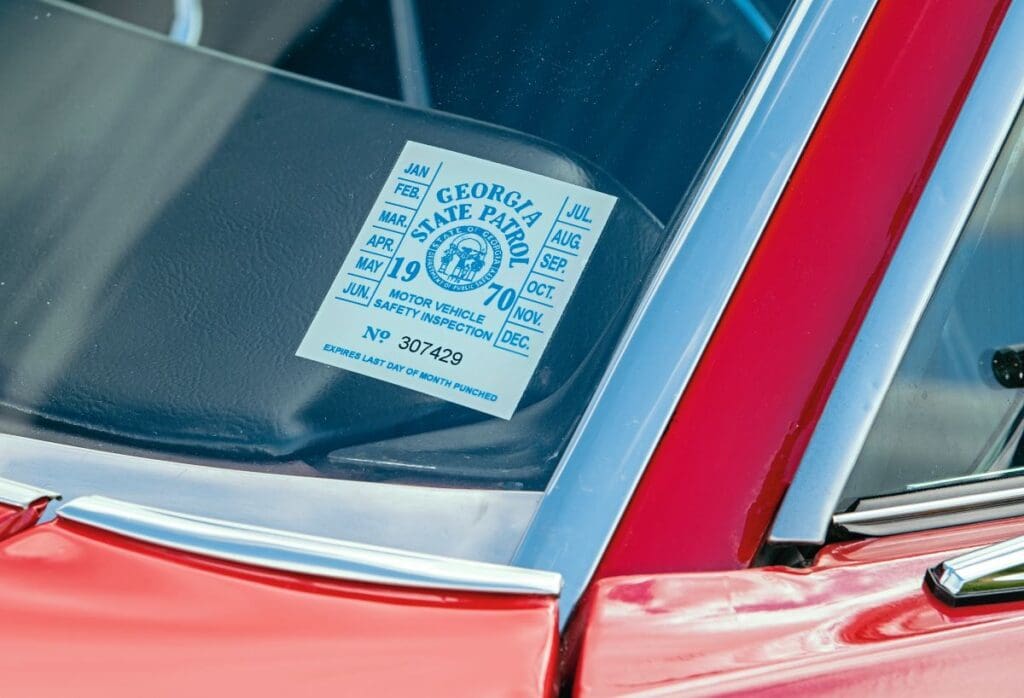
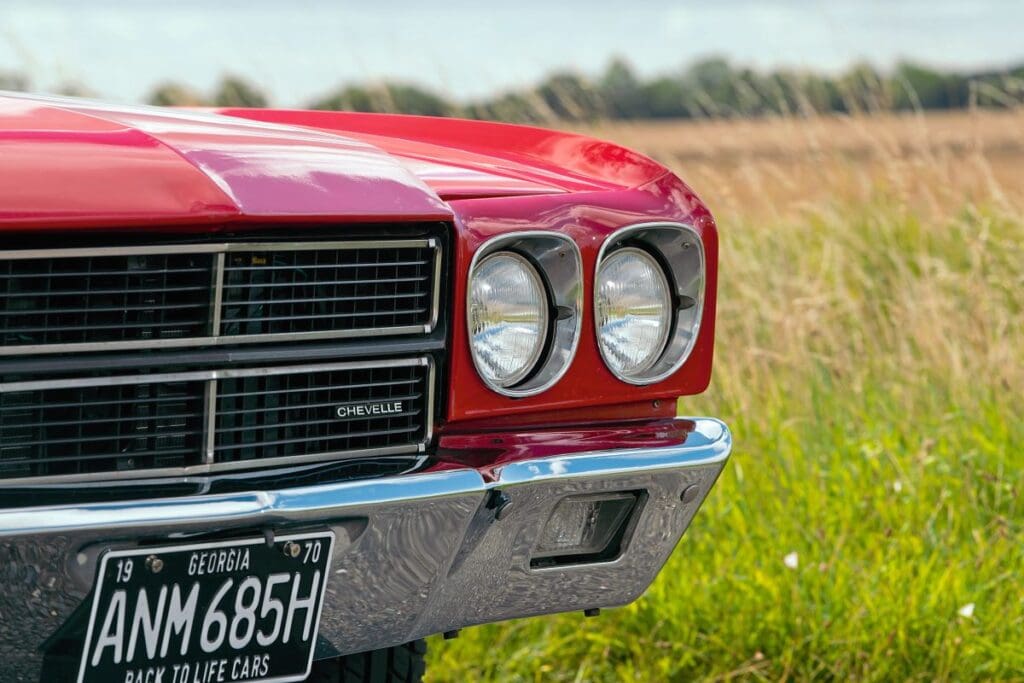
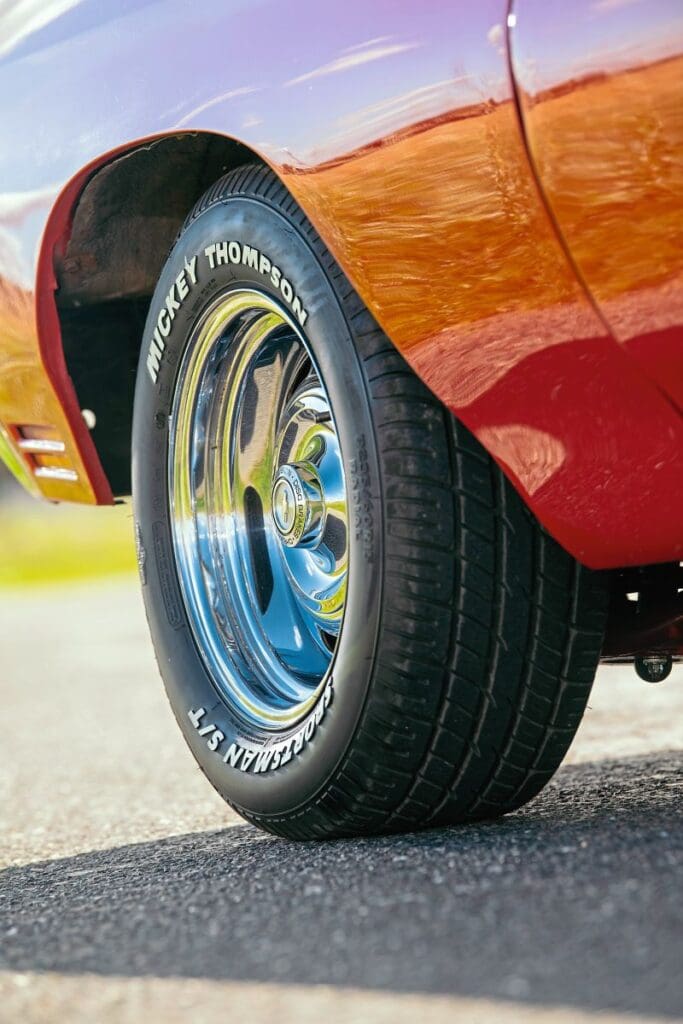
During that time Chris had a drive in a ’Cuda and decided he’d prefer a Chevelle: “There’s nothing wrong with Mopars, but I was just more into Chevrolets.
“It seemed like every film I watched featured a Chevelle; Jack Reacher, Fast & Furious and Jon Wick… In late 2018 I saw this Chevelle for sale online at AP Vintage Motors in Northern Carolina and had my friend Ron at STS Imports bring it over for me.”
The Chevelle was sold as fully restored, but, as is so often the case, one person’s interpretation of that may not be another’s.
“The Chevelle was okay,” remembers Chris, “but a bit crusty in places and there were lots of little issues like the window winders not being attached and the power-steering pulley hitting the steering box.”
By now Chris was running his own business, Back To Life Cars. “We’ve got a fully equipped workshop for everything from an oil change to a complete restoration, which came in useful to get the Chevelle up to the standard I wanted it. After all, this was my dream, a car I was going to keep.
“I put it through an MoT where I always take our cars and they refused to pass it until the brakes were sorted. An MoT was required to register the Chevelle, so I spent that weekend replacing the brake hoses, lines and other little jobs.”
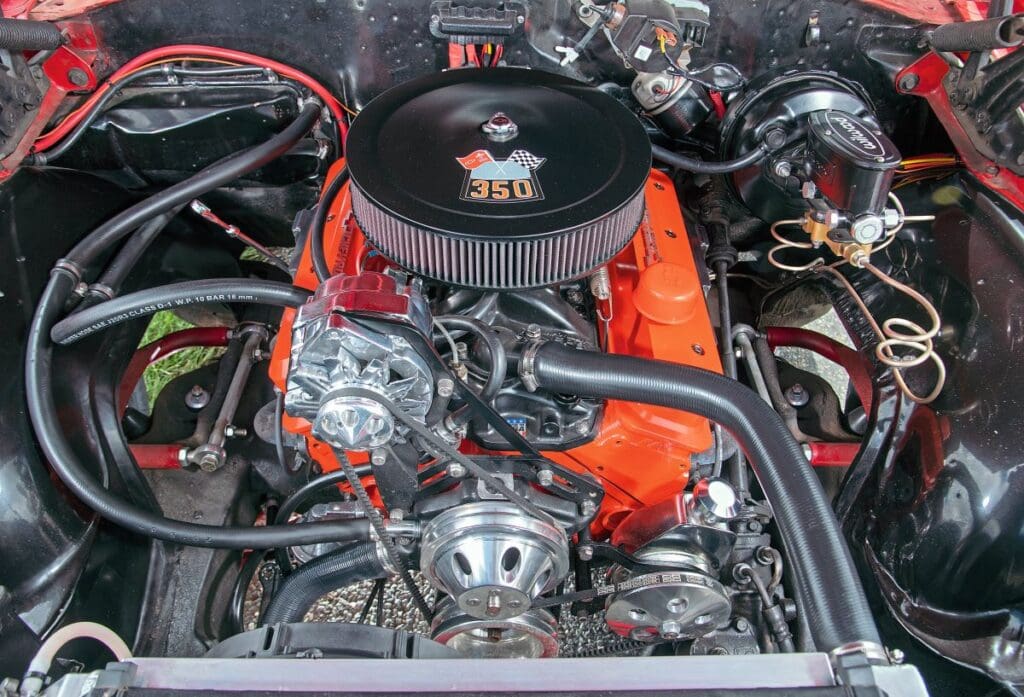
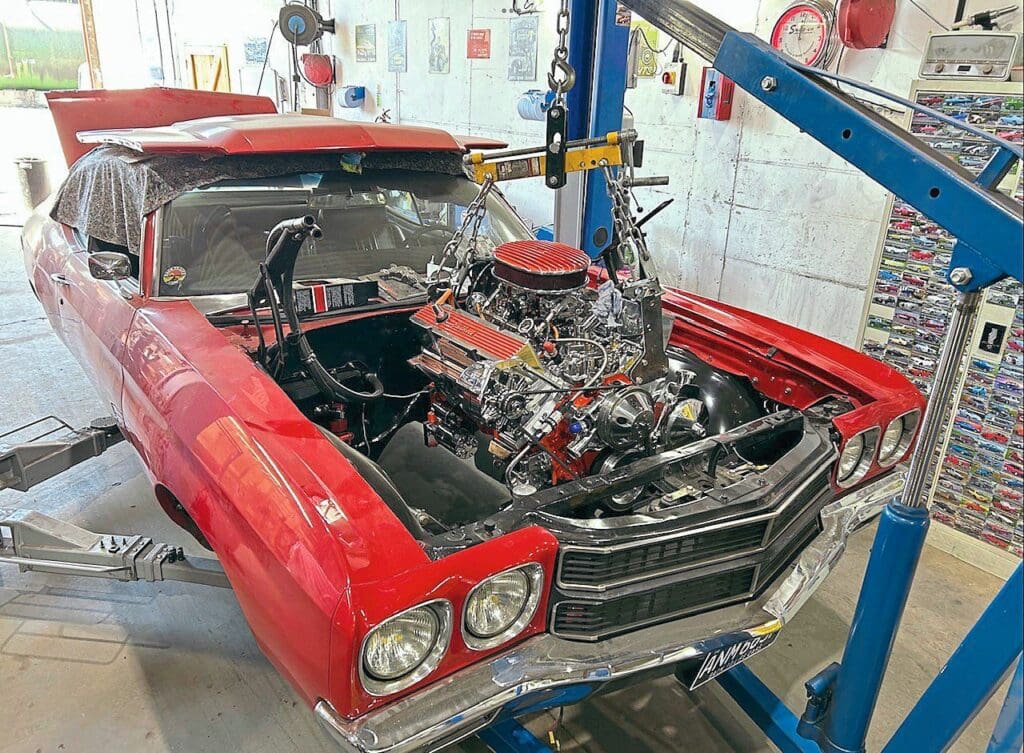
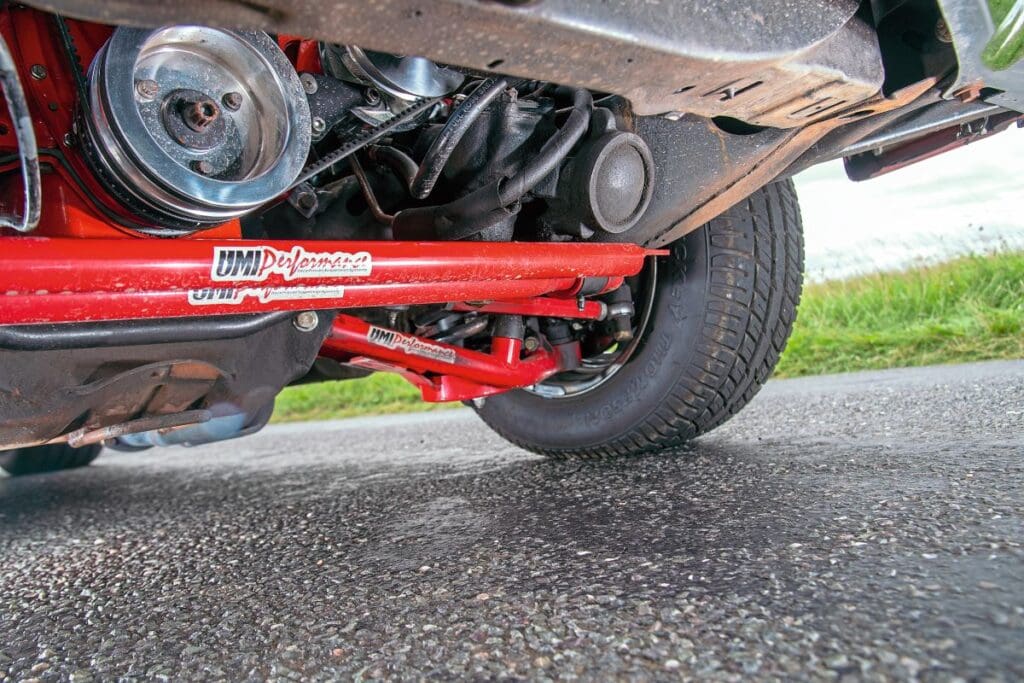
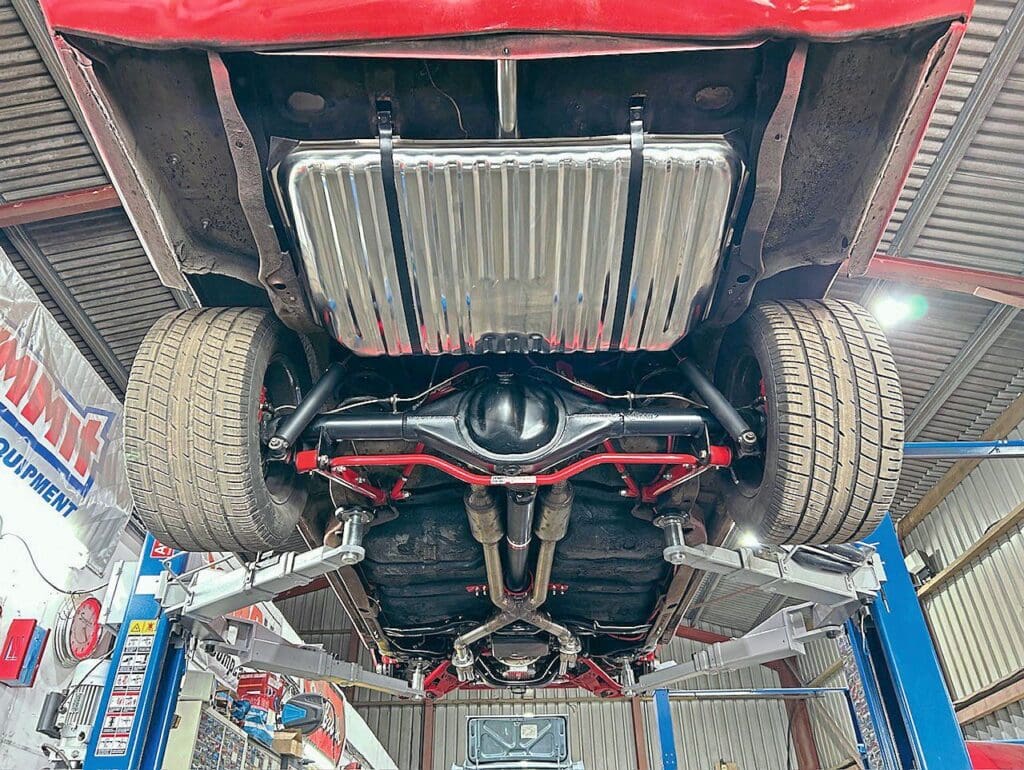
Green machine
The Chevelle left the assembly line in the second week of June 1970 as a Malibu Sport Coupe, “in triple green, including a green vinyl roof”, laughs Chris. Equipped with power-steering and power-brakes, this example was built at the Atlanta, Georgia plant with a sequence number making it around the 55,000th Chevelle produced there.
It was Forest Green – one of 14 paint finishes available – with a ‘metallic dark green coated fabric’ interior, itself one of 27 colour options. “I know it spent some time in Georgia,” adds Chris, “but I’m not really that interested in a car’s history so, to be honest, I haven’t bothered to find out more.”
Chevrolet’s Chevelle model was introduced in 1964 as competition to Ford’s mid-sized 1963 Fairlane, slotting in between the compact Chevy II/Nova and the full-size Chevrolet cars. Available in 11 models across two lines, Chevelle 300 and Chevelle Malibu, the Chevelle was labelled a ‘senior compact’, boasting innovative curved side glass and was used to reintroduce the El Camino pick-up after its absence of four years. While the 1965 Chevelle was largely a front-end restyle, 1966 saw completely new bodylines, including the fashionable ‘Coke bottle’ silhouette. Another all-new body arrived in 1968, now including a fastback coupe with rakish B-pillars and, for one year only, the Super Sport became a separate series.
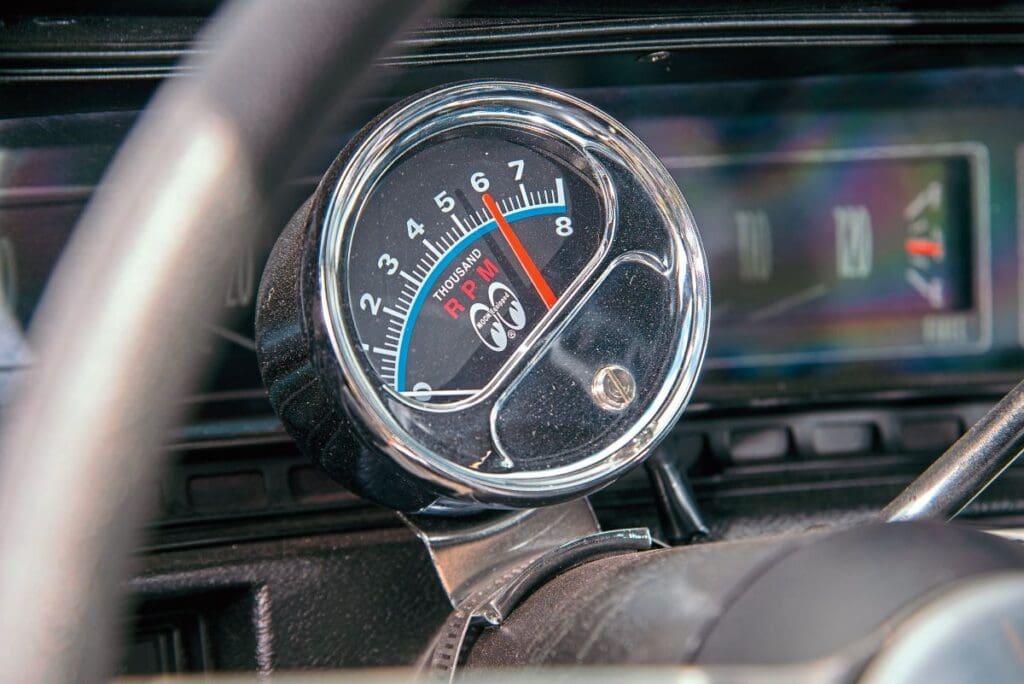
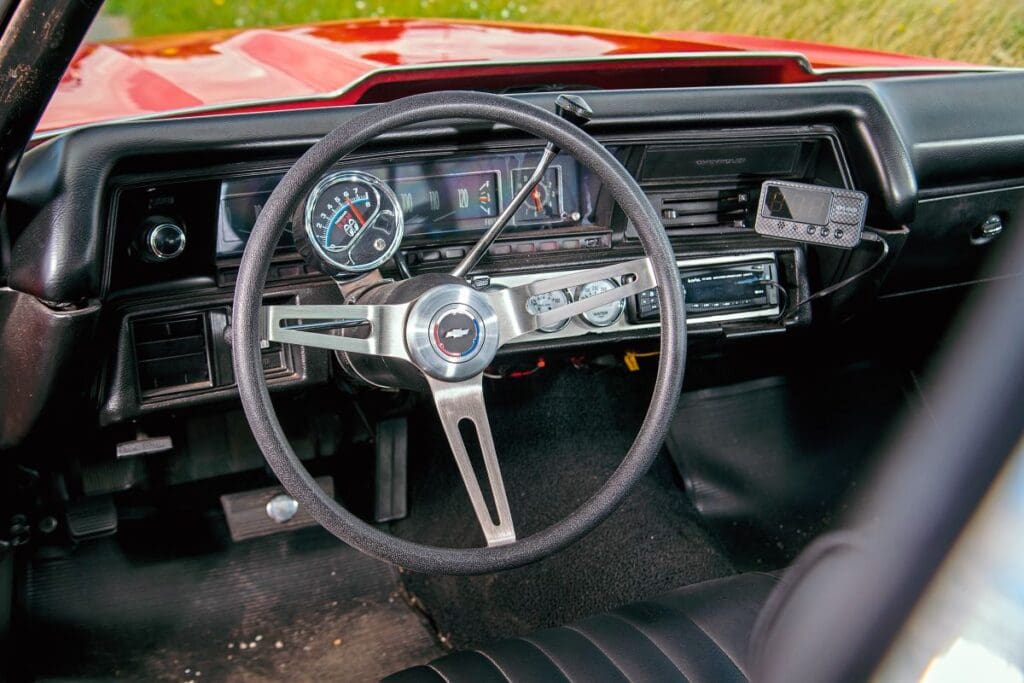

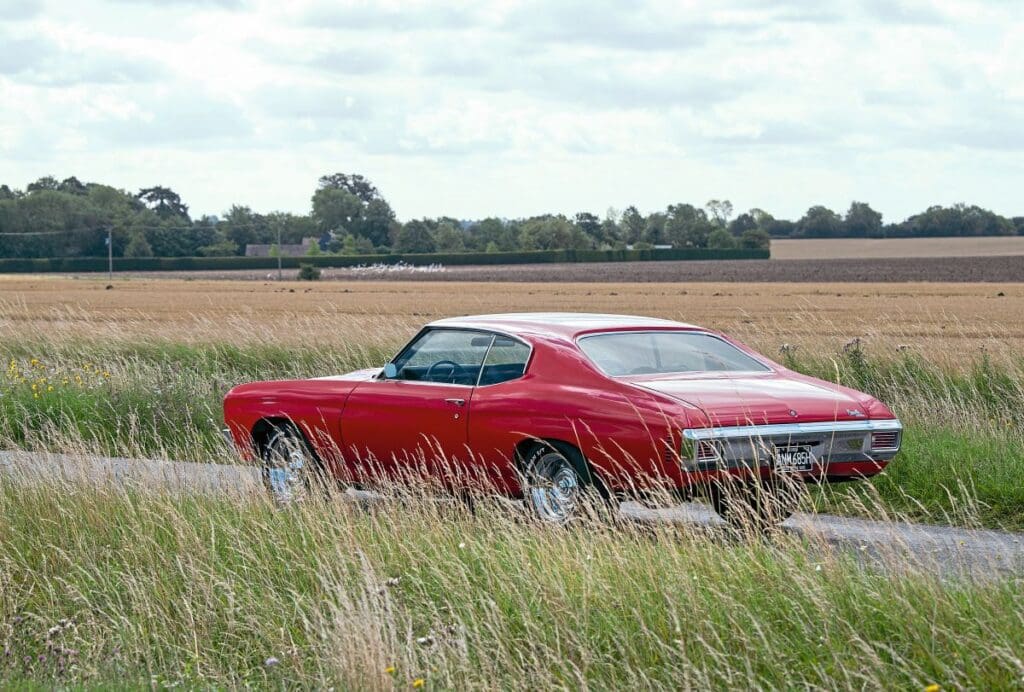
Following a facelift for 1969, including a revised front grille (now cast in plastic) and no vent windows, the 1970 models received new grille and bonnet styling (with cowl induction on SS models), stand-alone headlights and a new rear bumper with integral reversing lights, along with redesigned interiors. Also notable were subtle blisters above the wheels. “We thought the sides should have more interesting detailing,” said Chevrolet designer Dave Holls. “I was interested in European rally cars that started to not have wheel lips, but the surface around the wheel openings faired out.”
The 1970 Chevelle Malibu also included Hide-A-Way concealed windscreen wipers, a radio aerial concealed in the front screen, dual master-cylinder brakes, a coil-spring suspension said to be computer selected according to model options and side-guard beam metal rails in the doors and bodywork for protection against side impact.
Malibu was available as a sport coupe like our feature car, a four-door pillarless sport sedan, a convertible and a pillared four-door sedan. Two-door cars rode a 112in wheelbase versus the sedan’s 116. Standard V8 was a 200bhp Turbofire 307cu in, with an optional 250 cube straight six.
The 350 V8 was available with 250 or 300bhp, but you had to buy the performance super sport model – an option for the Malibu sport coupe and convertible – to get the 350bhp SS396 or 360bhp SS454 big block engines. Manual transmissions were four-speeds (three-speed for the six and 250bhp 350 engines) with optional three-speed Powerglide or Turbo Hydra-matic autos. Among many options were variable-ratio power steering said to ‘quicken response as wheels are turned from the straight-ahead position’, thus improving parking effort while not compromising feedback at highway speeds, a positraction limited slip differential and (new for 1970) power-door locks.
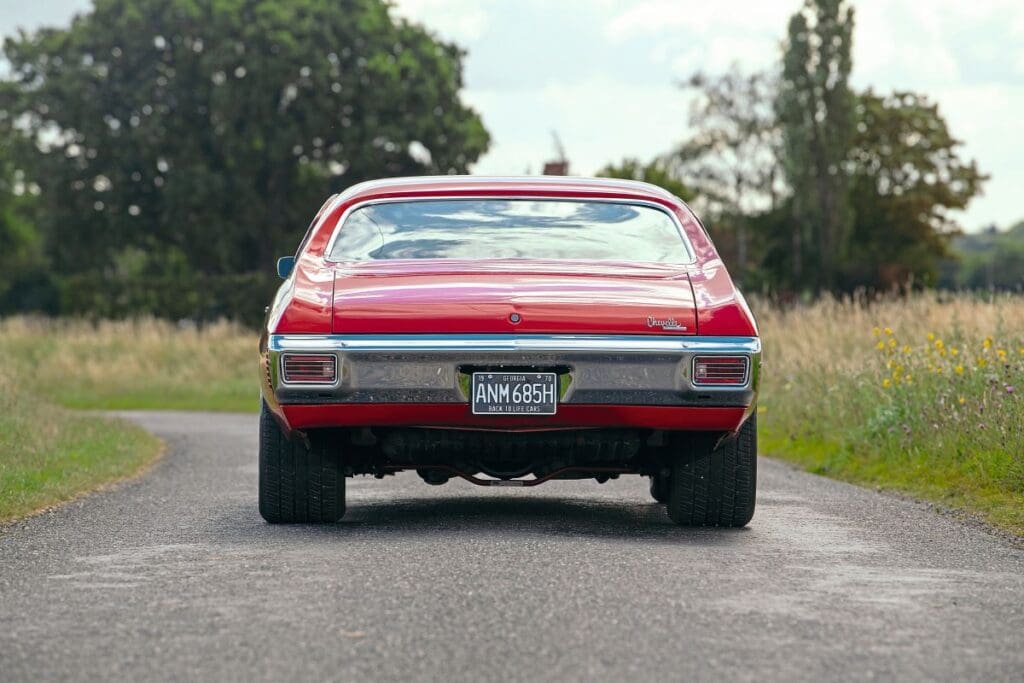
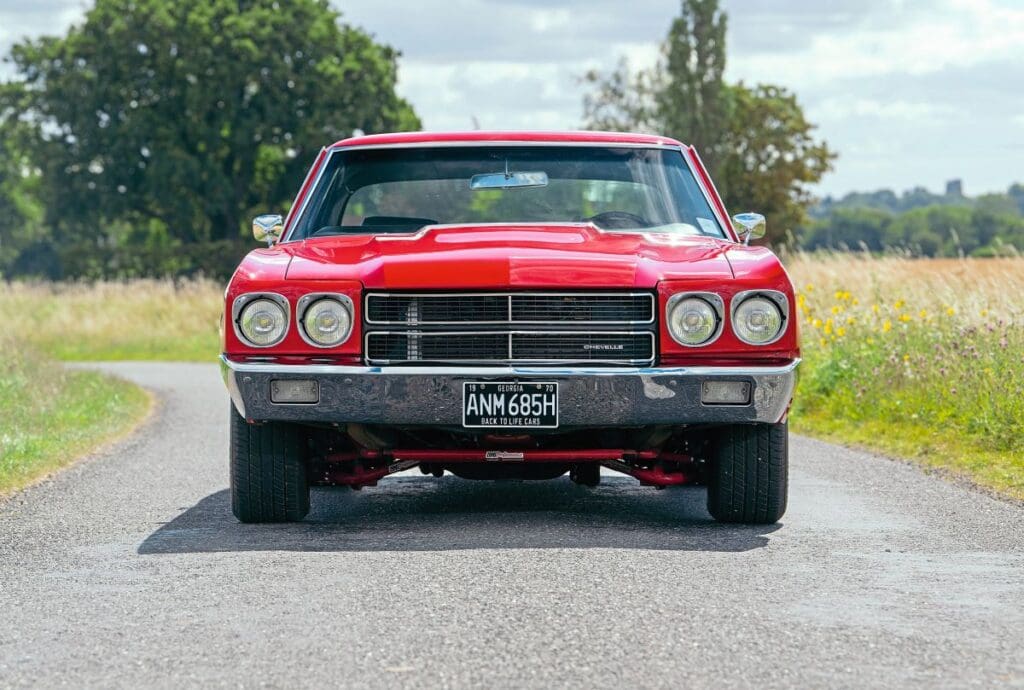
Paint it black
“When I bought it everything inside had been painted black over the original green,” remembers Chris, “so I removed it all and, after repairing the rusty floorpans, installed a completely new super sport interior.” The rest of the floor was taken back to bare metal and sound-deadening insulation installed. “It’s also got a custom AutoSound bluetooth radio, with uprated speakers.”
Chris pulled out the 350cu in V8 the Chevelle arrived with, “although it had left the factory with a 350 it was no longer a matching-numbers car…” and dropped in a 350 he’d originally been building for his El Camino. Although by the time you read this there will be a 383 stroker powering the Chevelle. “It’s polished and has a roller cam – I can’t wait…
“It came with a TH350 gearbox, but it wasn’t especially strong, I did a burnout at a mate’s and driving home discovered I now only had second gear. My good friend Jon Bennett of American Automatics, who’s sadly since passed away, rebuilt the transmission. With the 383 going in I’d like to fit a five-speed TKX gearbox which should transform the car.”
Another big change was uprating the brakes and suspension. “I’ve had the entire car in bits. It now has an uprated 9in rear end with Mickey Thompson tyres, Stage 2 UMI Developments suspension, including anti-rollbars front and rear, quick ratio steering and Hydraboost brake booster with four-wheel Wilwood disc brakes. I’ve also fitted a stainless-steel exhaust since you photographed it and added a new SS dashboard.”
Naturally, Chris is now extremely happy with his updated Chevelle and sees no reason he’ll ever sell the car: “I might be tempted by a 1987 Buick Grand National, although it would have to be a genuine GNX. I’ve also got a 1949 Suburban, I’m building a 56 Olds on a Chevelle frame and Sally drives a 1965 Mustang, so there’s always something interesting to take out.
“But this Chevelle is special to me, with the upgrades it handles really well and I can still use it to drive to work. The best thing about it is the noise. The new parts have really improved the Chevelle, it’s the same exciting car to drive – except now it does what you tell it to.”
